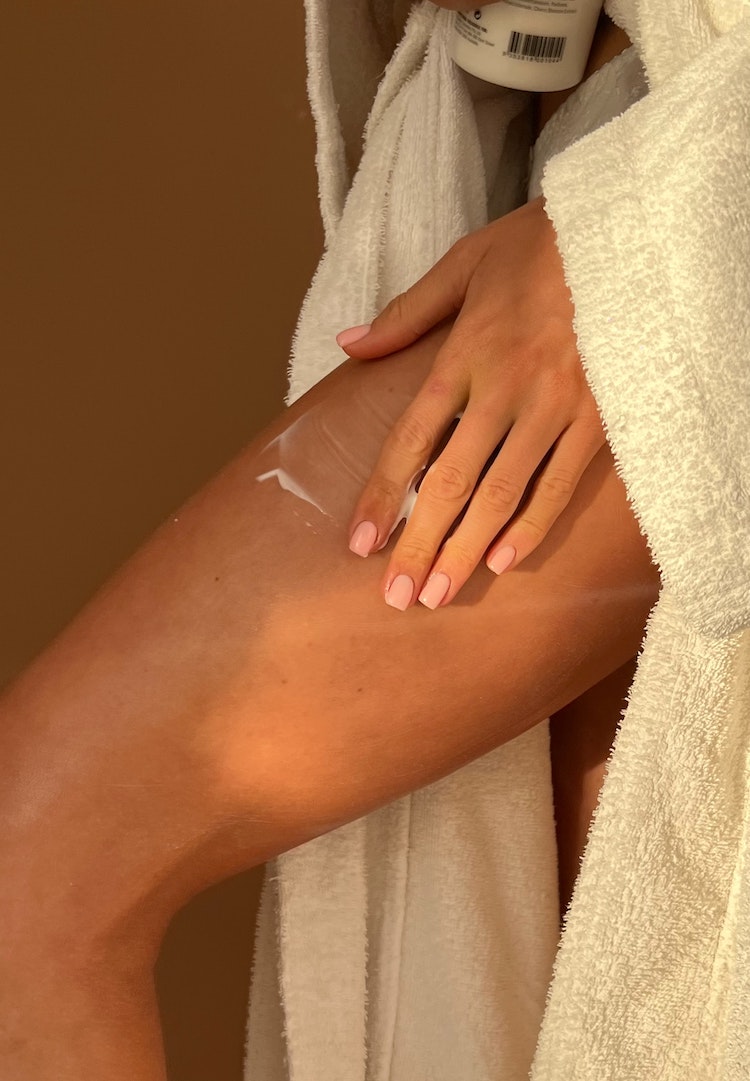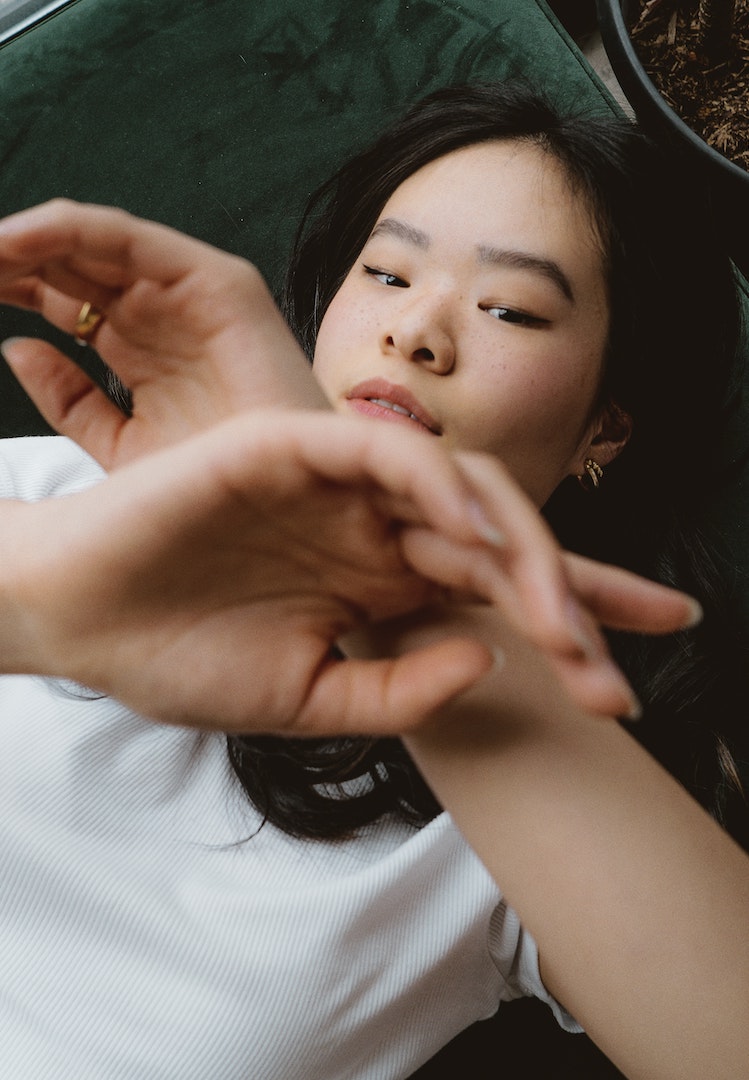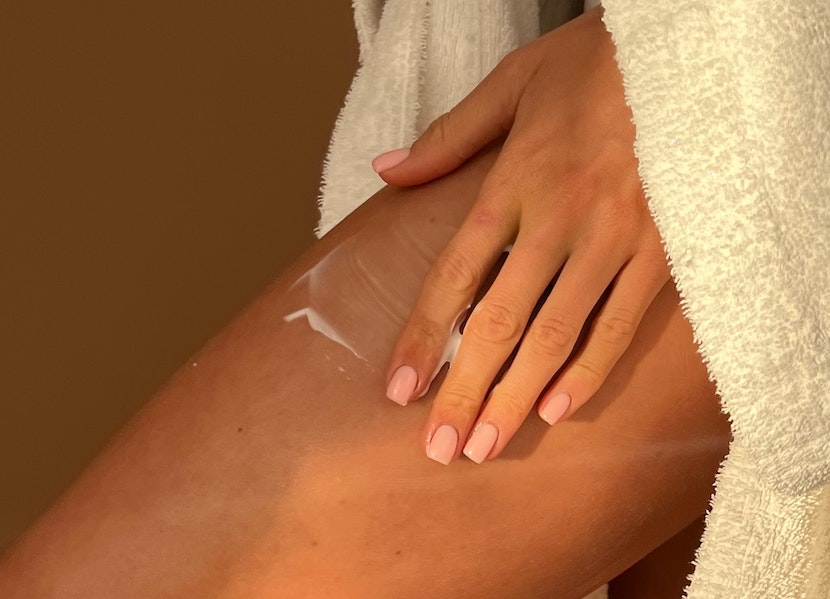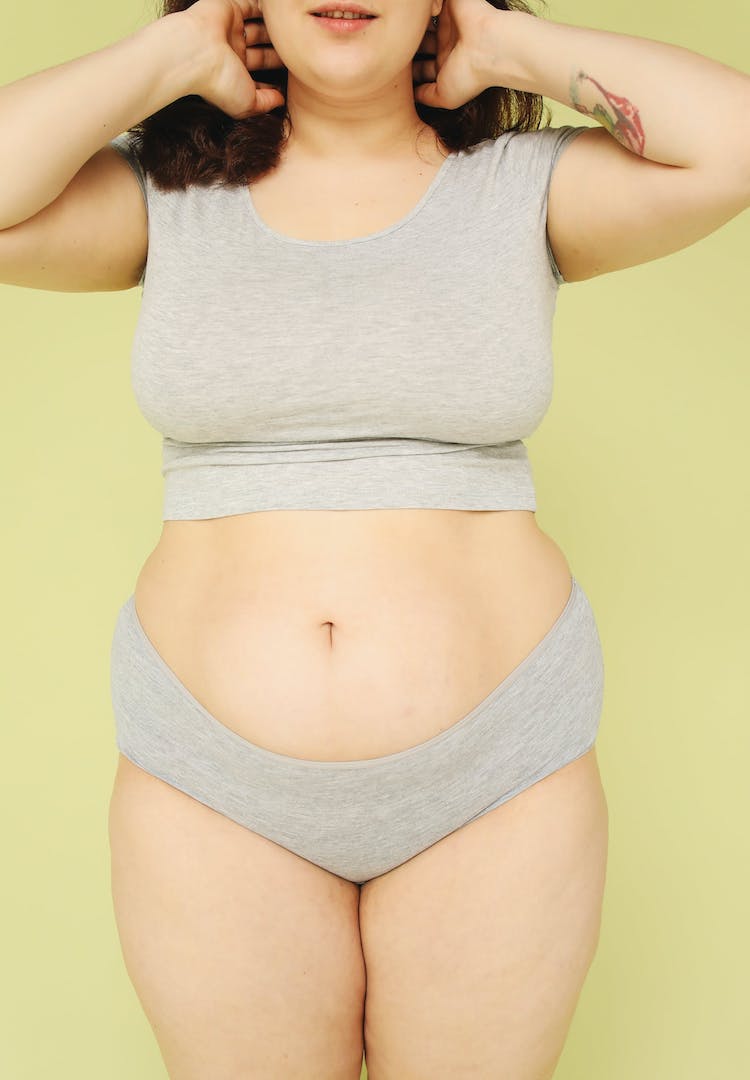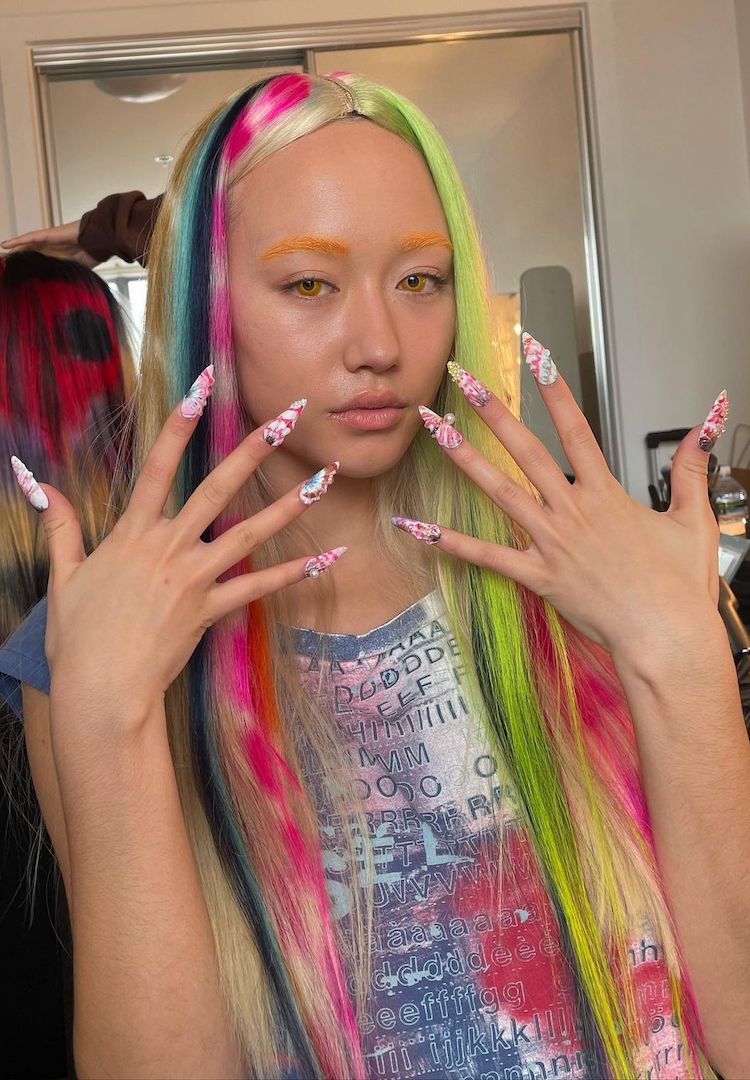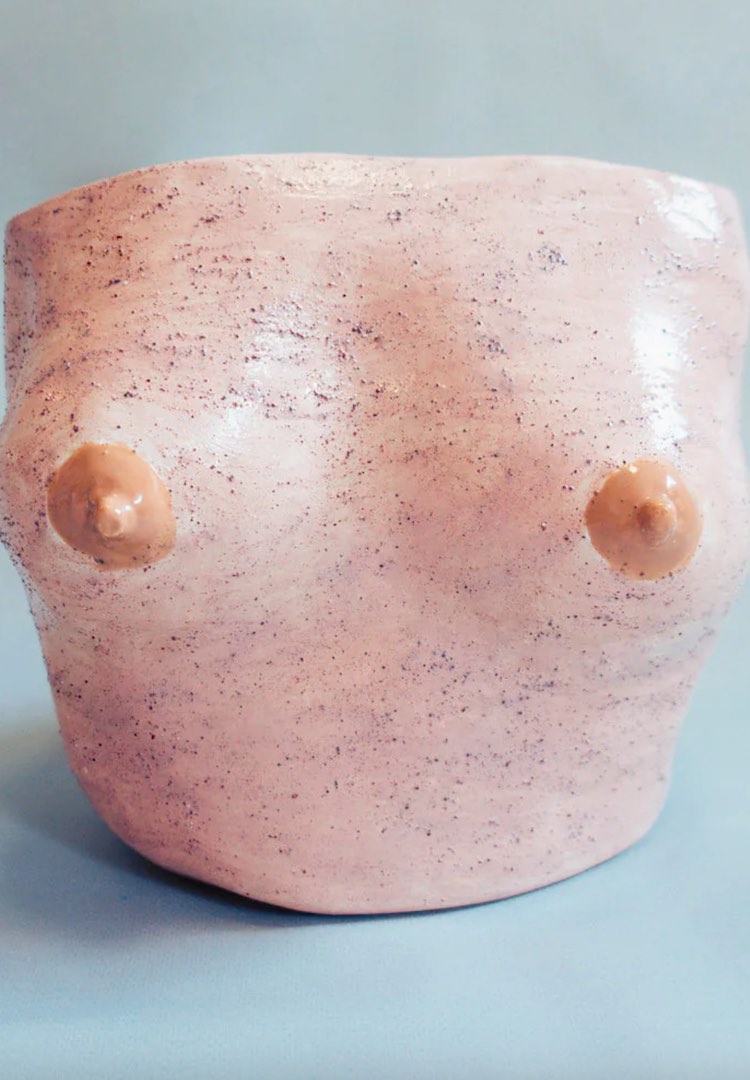I tried at-home IPL hair removal and it ruined my skin
WORDS BY ALYSSA FORATO
“From now on, I’ll leave the scary hair removal devices to the experts.”
There’s really no way for me to start off other than by saying that as an Italian, I’m a hairy gal. I always have been. My hairy legs were my biggest insecurity growing up. It felt like my friends and crushes in primary school were always pointing them out and laughing when they got a glimpse.
Mum wouldn’t let me wax or shave despite my begging. So when I was 12, I stole her razor and shaved my arm hair for my primary school graduation, not wanting any comments to spoil my special night. It felt liberating, and I was given an instant confidence boost.
We like nosy people. Don’t be shy, head to our Beauty section for more.
I’ve come to accept my dark body hair in my later years, but I still prefer when there’s less of it. Sick of shaving, I always wanted to get my leg hair lasered off but avoided doing so because of the hefty price. That’s why when I discovered there were at-home IPL hair removal gadgets you could use to blast off your hair in your own time (and at a more affordable price), I couldn’t resist.
Like all beauty gadgets, there’s a wide price gap between the lower and higher end of the market. I’ve seen IPL devices range from $100 to $1000 and above, but I opted for one on the cheaper end of the spectrum. Excited to try it out, I popped on some sunglasses, switched my headphones on and started zapping away (it looked like something off The Princess Diaries).
Most brands say you’ll see results after five to 12 weeks. Although upon close inspection of my legs at the three-week mark, I promptly stopped. Why, you ask? Because I noticed tiny white dots of lost colour all over my legs, known as hypopigmentation. Confused and concerned, I wondered why I was losing colour in my legs. It definitely wasn’t there before beginning the IPL process, and I had followed all safety instructions. So why was it happening?
To find out, I spoke to James Vivian, Dermal Clinician, founder of the eponymous Melbourne skincare clinic and Creative Director at Viviology. He informs me that although I wasn’t exposing my skin to the sun 24 hours BEFORE doing the IPL (as per the box’s instructions), that’s not nearly enough time for my skin to return to its base colour after being out in the rays.
“Let’s say, for example… you’d gone much darker in those two weeks, and then you decided to use this IPL device three days after you got back,” James says. “You’re still going to be so much more tanned. Those 24 hours before you do the at-home IPL device mean nothing, it’s completely irrelevant… you can never do IPL on tanned skin.”
While I hadn’t been sunbathing before using the device, I had been using it towards the end of summer. I tan quite easily when I’m out and about, so my skin was definitely darker than its base colour.
And when I get my Brazilian and underarms lasered at a clinic, they warn patients not to have sun exposure for two weeks before and after the treatment. So upon reflection, 24 hours doesn’t seem like enough time at all.
James says “One of the biggest red flags when it comes to at-home IPL is where are the pre, intra and post-treatment guidelines? And also, how on earth does the manufacturer know whether or not they’re being followed enough?”
When doing hair removal treatments like IPL, dermal therapists need to check over the skin and ensure there aren’t any moles or ominous-looking hyperpigmentation, because that needs to be checked by a dermatologist before it can be treated.
“You never do IPL over a mole, because we don’t want to remove signs and symptoms of cancer so that they can be detected. But are people actually following that advice at home?” James asks.
Analysing my legs, I realise I’ve most likely done my few at-home IPL sessions over the mole on the back of my leg. I paid it no mind in the hair removal process, instead focussing on zapping away my pesky hairs. I make a mental note to book in with my dermatologist to get a skin check.
On the flip side, another concern James has is that at-home IPL devices don’t even work. He explains for IPL to be effective, a certain wavelength of powerful energy needs to be used to create a level of destruction in the hair follicle so that the hair stops growing.
“Now, that’s a bucketload of energy that you’ve got to throw at it, which is why… IPL can go so wrong,” James points out. “I don’t think [an at-home device] can throw enough energy out to create that level of destruction.”
He also highlights that brands don’t want to be called out if things go wrong. “It’s probably in their best interest to get a review saying it didn’t really work than ‘this burned and left me disfigured’.” Curious about the price range of at-home IPL devices, I ask James if the more expensive ones are safer to use.
“I can’t say that a more expensive one is going to be safer, it’s really going to have a lot to do with who’s using it,” James explains. “You can have the best device in the world, but if you put someone that doesn’t know what they’re doing behind it, it doesn’t matter how good it is.”
James says it’s important to remember that IPL devices work by targeting the melanin in the hair shaft (which is why IPL and laser hair removal only work on darker hair). The device needs a clear distinction between the colour of your skin and your hair.
“The closer they are in colour, the light that’s been thrown into the skin can’t differentiate. So [the light is] just going to go into the skin and it’s going to create a burn which will either hyperpigment the skin or hypopigment the skin.”
This explains why I may have experienced hypopigmentation, as my leg hairs were lightened by the summer sun and my skin was darker than usual due to exposure. From now on, I’ll leave the scary hair removal devices to the experts.
“These at-home tools put people who don’t know what they’re doing in the driver’s seat,” James says. “I remember what I used to not know, and the thought of putting someone like me behind an at-home IPL device is frightening.”
For more on beauty devices you should stop using, head here.


